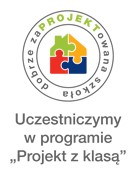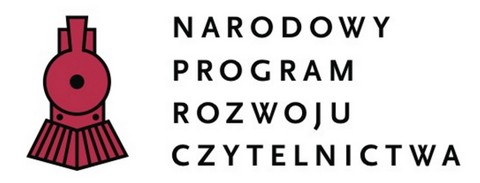Let’s share biodiversity

LET’S SHARE BIODIVERSITY
- Partner schools:
IES A Basella
Vilanova de Arousa, (Pontevedra), Hiszpania
Zespół Szkół im. prof. Janusza Groszkowskiego
Mielec, Polska
- Summary of the project:
The basic assumption of our project is to describe the biodiversity of the habitats of the area where our students live. The official definition of biodiversity says that this is a variety of living organisms existing on Earth. It is believed that biodiversity of the habitats is particularly threatened. This is caused by, inter alia, sewerage, agricultural use of herbicides and insecticides, disposal of waste and creating heaps near the mines. We want every school to prepare a description of at least 10 species of plants occurring in their nearest vicinity. By the nearest vicinity we mean the school as well as the places where students live. The plants chosen to describe should be typical of the habitat. The description should contain the name of the plant, information concerning the plant, the photo of the selected specimen and the conditions in which it appears. We suggest referring to the areas of the “European Ecologic Network Nature 2000”. We believe that the awareness of occurring the areas and species protected by law in the nearest vicinity can be an important aspect of education. The schools will share the information on their websites. They will also share the description and photographs of at least 10 different plants in the network. An important aspect of our project is being able to communicate regularly. This is why we would like each school to set up a blog and document the progress of our actions in it. As for the duration of the project, we anticipate one calendar year.
- Aims of the project:
The primary objective is to draw attention to biodiversity. The state of awareness in most countries is not high . Our goal is to draw attention to the protection of local flora species, to indicate the potential of the dragged species that can dominate the habitat. In the countries with rapidly expanding agriculture, we want to draw attention to the impact of herbicides for the eradication of the species once commonly found. It is important for us to transfer the information acquired in school to homes. It's hard not to appreciate the importance of the media throughout the project. Today it is said that "if someone is not on the Internet that may not exist." This is connected with the needs of the next generation for whom it is the most important thing to use this source of information.
4. Actions :
Each school is going to prepare its own blog and organize the recruitment of the students . The care of an English teacher and a biologist is needed here. They will be responsible for the substantive accuracy of the information placed in the blog . The students should prepare the description working in groups. The idea is to involve the maximum possible number of people. The partner schools should also be interested in the information which appear on other program partners’ websites. To make it possible the partners should put some puzzles or send the invitations to visit their websites. Periodically the information can be transmitted to other sources, for example, the local press. One of the tasks could be to search the areas of Nature 2000 in the vicinity. They can be then presented to the partner schools. One should determine their importance in the process of photosynthesis and their significance for the life on Earth. You can carry out such activities as lectures, classes or educational games. The form and time is up to the partner schools. The descriptions of selected plants should be put on each website a month before the end of the project.
- Results:
The description of 10 plants prepared by each partner will be the measurable effect. Sharing the information will let us see the biodiversity in various places in the world. Learning English in a form that is rarely used during a typical lesson will be an important contribution too . The terms used to describe plants will be rather special. The cooperation between the schools will let us get to know the specificity of education in different countries. Regularity and dutifulness will be connecte
Crocus or saffron
Crocus or saffron (Crocus L.) - the type of the plant from the family of Iridaceae . It owns more than 80 species. The most common is Crocus sativus L.
The May Lily of the Valley
The May Lily of the Valley (Convallaria majalis L.) - species of perennial rhizome. It is a popular medicinal herb and decorative plant. It has small white flowers with a distinctive smell. It occurs in almost all Polish forests and it is also a plant grown in gardens.










